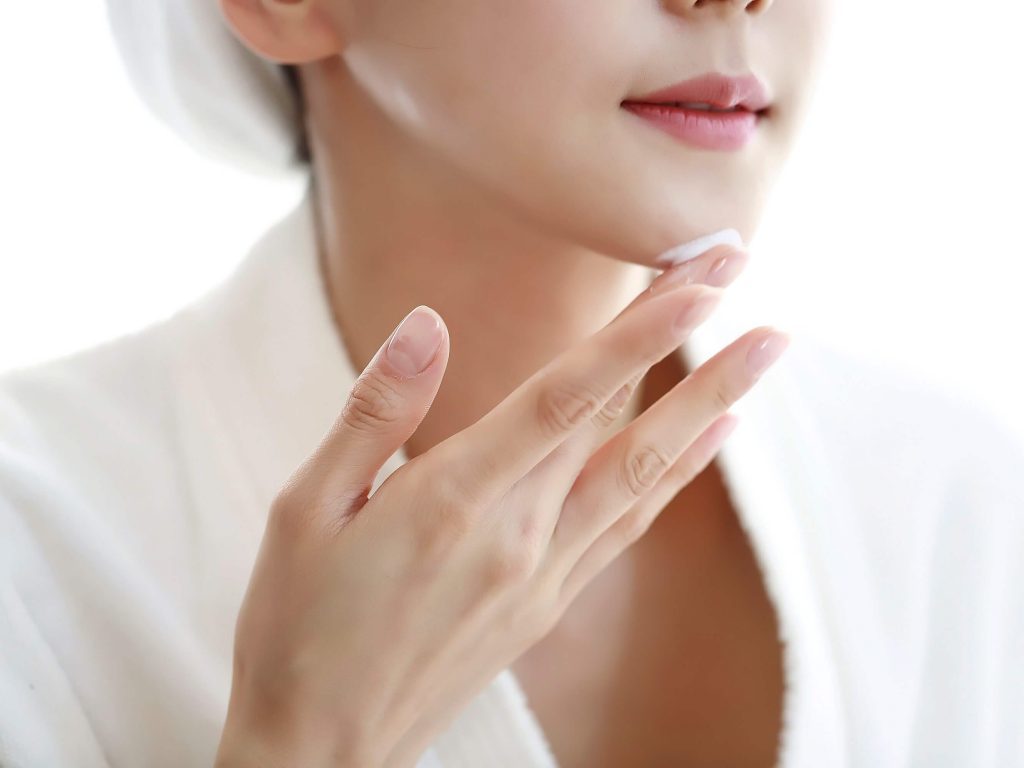
Glycylglycine(Diglycine), as an important amino acid derivative, has broad application prospects in the cosmetics field. Its molecular structure allows it to effectively absorb moisture and form a protective film on the skin's surface, reducing moisture loss and achieving moisturizing effects. This characteristic makes glycylglycine a key ingredient in many high-end cosmetics, particularly in skincare creams, lotions, and cleansers, significantly improving the skin's texture and health. Additionally, the amino acids formed from its hydrolysis also have skincare benefits, such as helping to minimize pores.
In addition to its moisturizing properties, glycylglycine possesses certain antioxidant capabilities. It can help neutralize free radicals, slowing down the skin aging process and providing anti-aging effects. This feature has led to the widespread use of glycylglycine in anti-aging cosmetics, with products like masks and eye creams often containing this ingredient to help consumers maintain youthful and healthy skin.
With the development of the cosmetics industry and the increasing consumer demand for personalized products, the innovative applications of glycylglycine in cosmetics are becoming more diverse. Manufacturers are continuously exploring its combination with other ingredients to develop new products with unique effects. For example, combining glycylglycine with moisturizing ingredients like hyaluronic acid and collagen can further enhance the product's moisturizing effectiveness; pairing it with antioxidant components like vitamin C and vitamin E can improve the product's antioxidant capacity, providing a more comprehensive skincare effect.
In today's society, environmental protection and sustainable development have become focal points across various industries, and the cosmetics industry is no exception. More and more consumers are paying attention to the environmental friendliness and sustainability of products. As an efficient chemical with low environmental impact, the production and use of glycylglycine meet the requirements for environmental protection and sustainable development. Therefore, innovatively applying glycylglycine in cosmetics not only helps enhance product quality and efficacy but also meets consumers' demands for environmental sustainability.
With the widespread application of glycylglycine in cosmetics, the detection of its purity and content has become particularly important. Currently, the main detection methods for glycylglycine include high-performance liquid chromatography (HPLC) and gas chromatography (GC), which are high-precision and high-sensitivity methods. The application of these methods helps manufacturers strictly control product quality, ensuring that the glycylglycine content in their products meets regulatory standards, thereby safeguarding consumer safety and rights.
The innovative applications of glycylglycine in cosmetics are not only reflected in its unique moisturizing, antioxidant, and anti-aging effects but also in its combination with other ingredients, environmental sustainability, and detection and quality control.